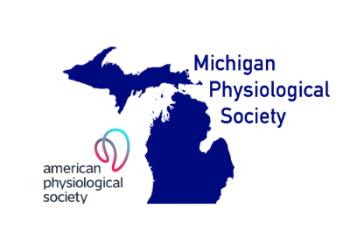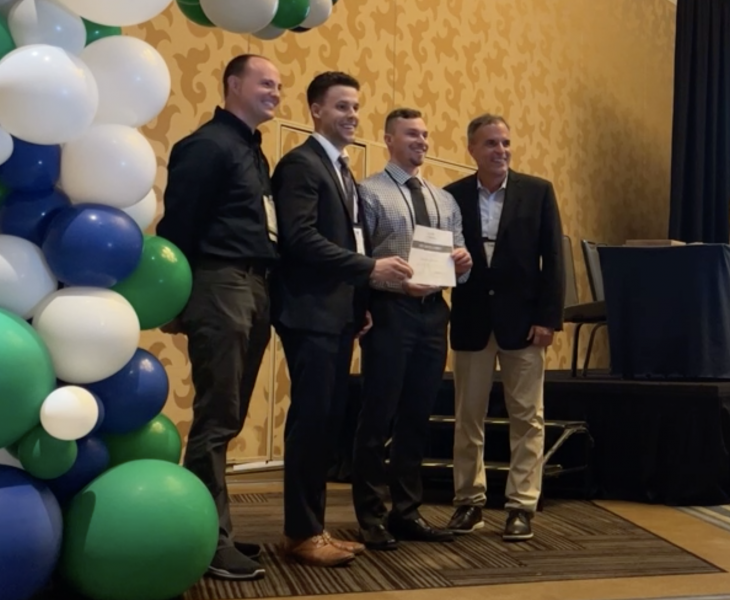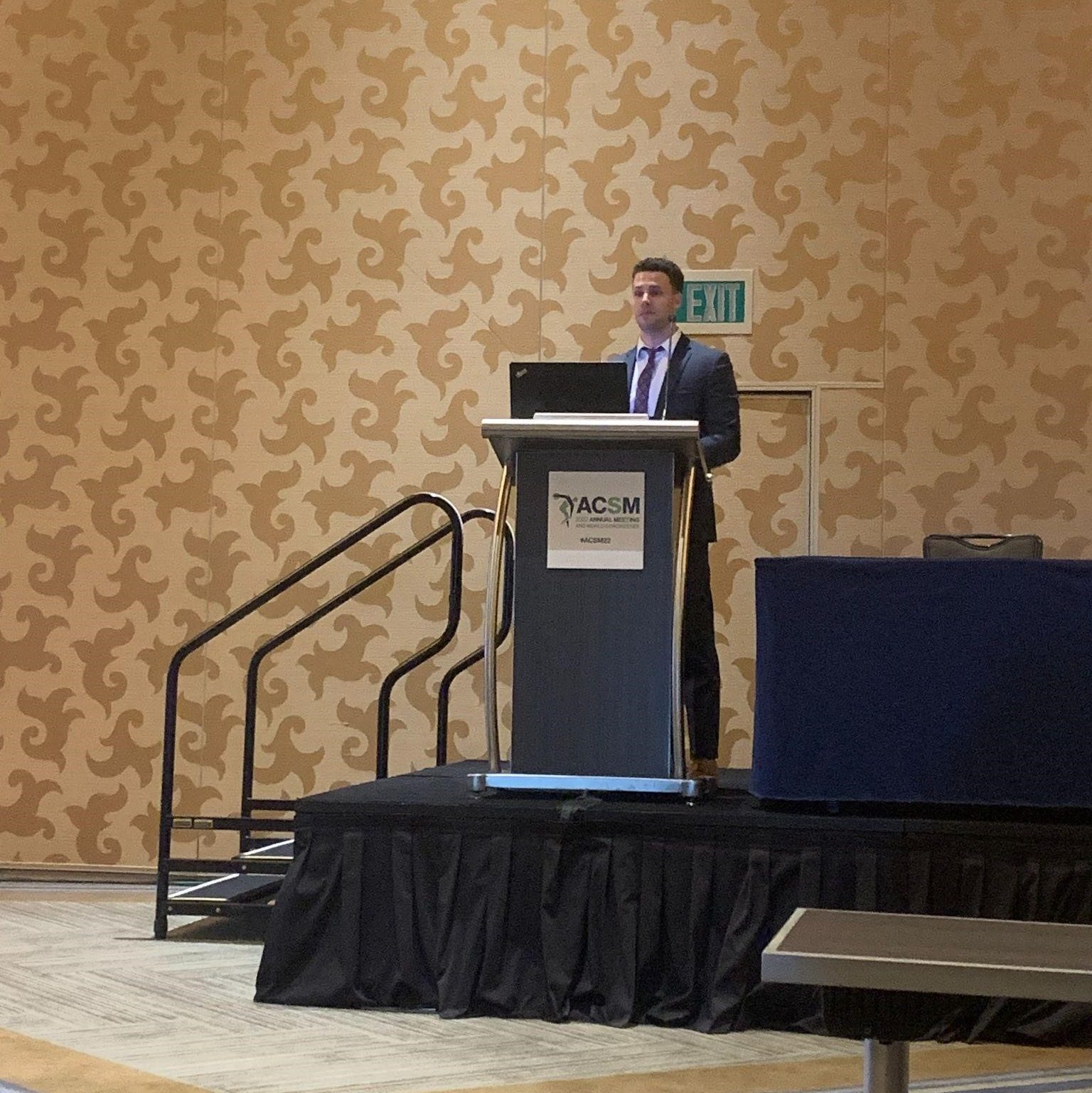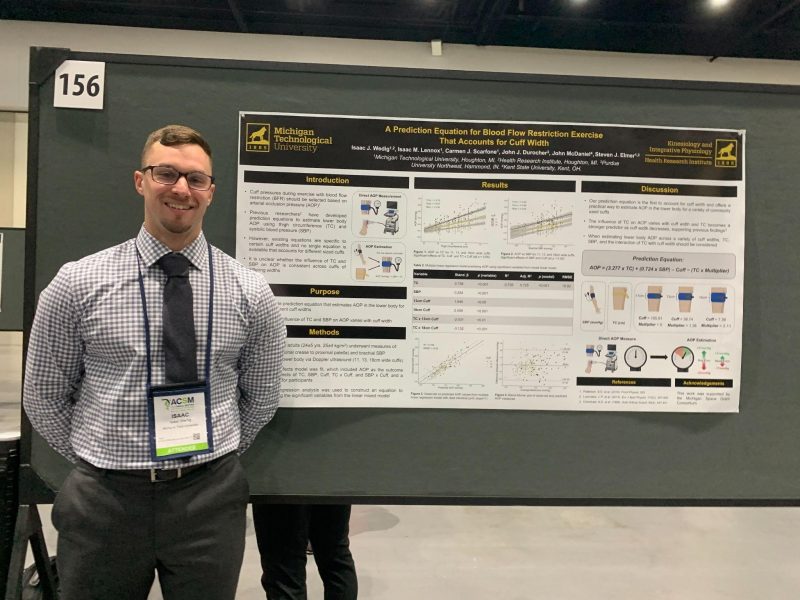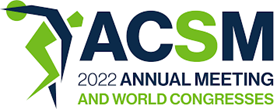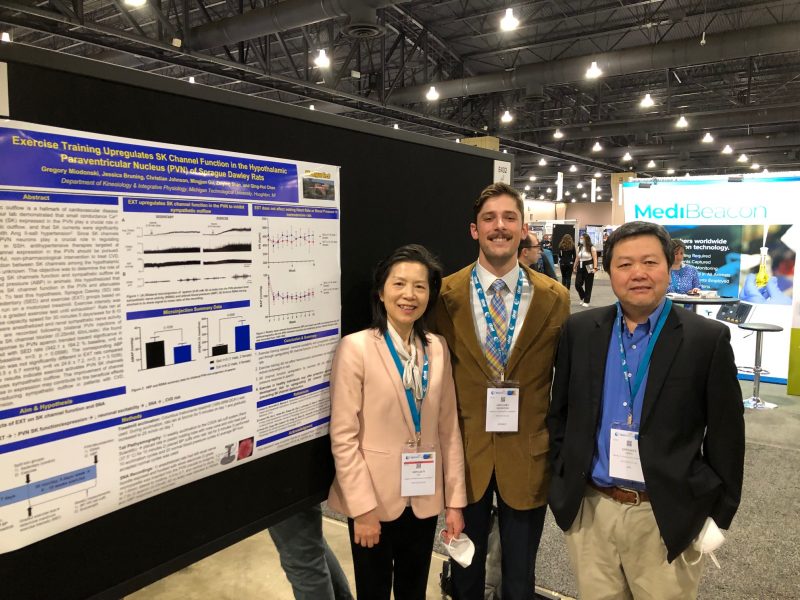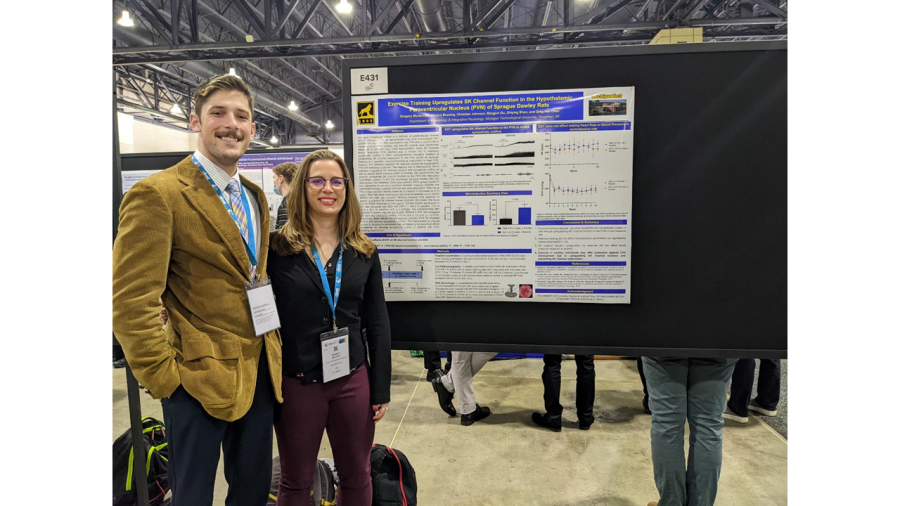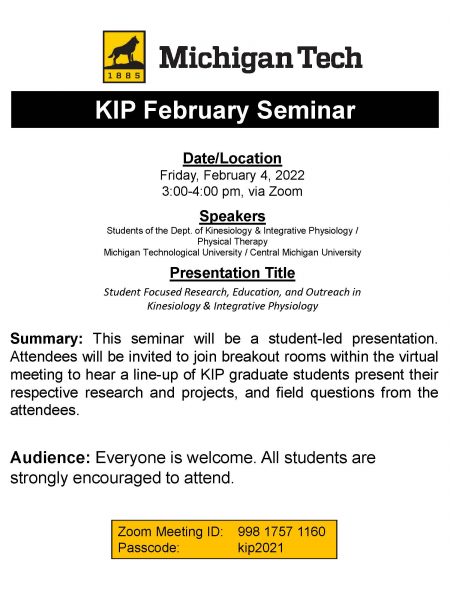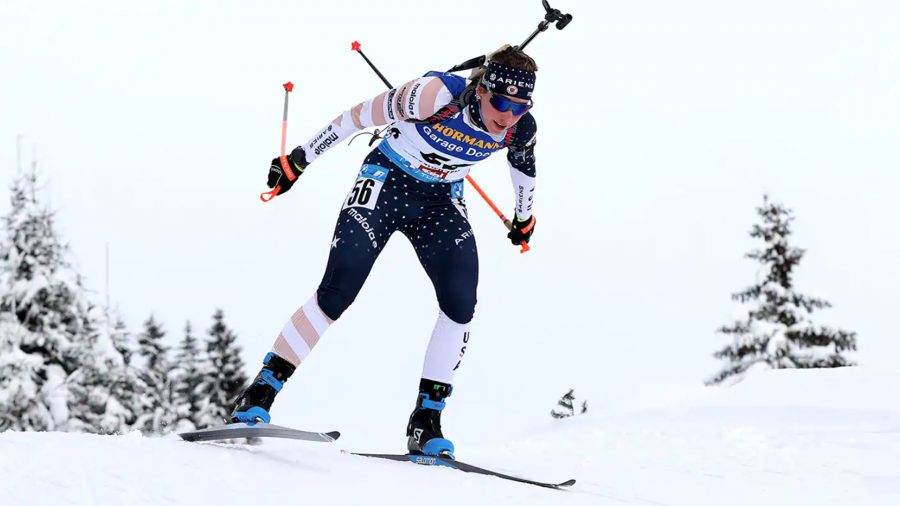Students and faculty from the Department of Kinesiology and Integrative Physiology and Department of Biomedical Engineering recently participated in the ninth annual Michigan Physiological Society (MPS) Meeting, held virtually June 16-17, 2022.
The virtual meeting included a distinguished lecture, student presentations (oral, thematic poster, traditional poster), professional development session, trivia competition, and a business meeting. The meeting presentations had a “bench to beside” theme and included work focused on basic mechanisms of health and disease, applied human physiology, and public health.
Graduate students Xinqian (Sherry) Chen, Ashley Hawke, Isaac Lennox, Greg Miodonski, and Isaac Wedig, along with undergraduate student Madeline English, presented their research and outreach-related projects. All students did a great job with their presentations. Isaac Wedig and Greg Miodonski earned awards for their featured oral presentations and Sherry Chen earned an award for her thematic poster presentation. Sherry Chen stated “I think the greatest part of presenting at the MPS meeting is that I can receive research advice and be inspired by new ideas from professional scientists who are in the same field as me. The small size MPS meeting also enables me to present my initial research no matter how it progresses.”
A highlight of the meeting was the distinguished lecture given by Karyn Esser, Professor of Physiology and Functional Genomics at the University of Florida, whose presentation was titled “Exercise and Muscle Clocks: Partners in Health and Performance.” Professor Esser highlighted how a muscle circadian clock is necessary for maintaining healthy metabolism and muscle strength. The presentation can be viewed on YouTube.
During the professional development session, Robert Larson (BioSci) shared insight into the job application process and Steven Elmer (KIP) discussed graduate degree options. Graduate students, Isaac Wedig and Isaac Lennox, helped moderate the thematic poster and standing break activities respectively.
Steven Elmer assisted with organizing and delivering the meeting and will now begin his term as MPS President. His MPS responsibilities for the upcoming year include increasing membership, delivering the mid-year symposium and annual meeting, and dissemination of meeting reports.
Finally, thank you to the Department of Kinesiology and Integrative Physiology faculty for their efforts supporting and mentoring students with their research.
